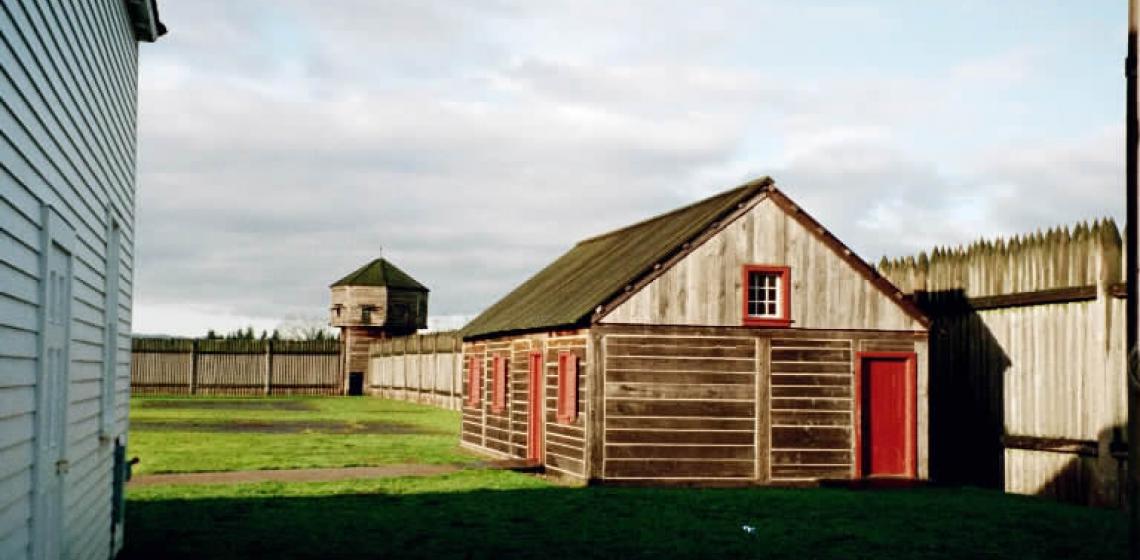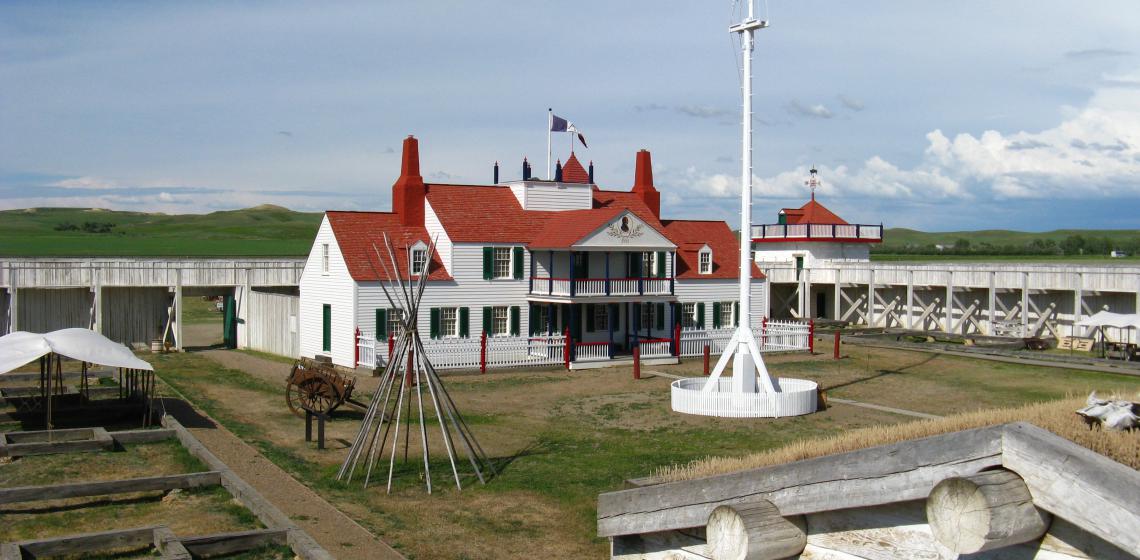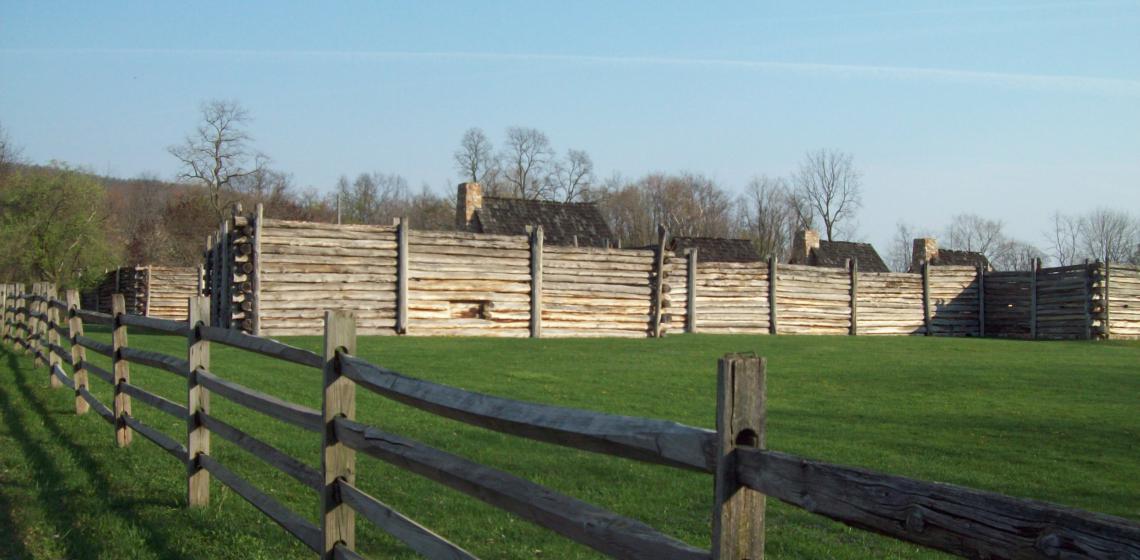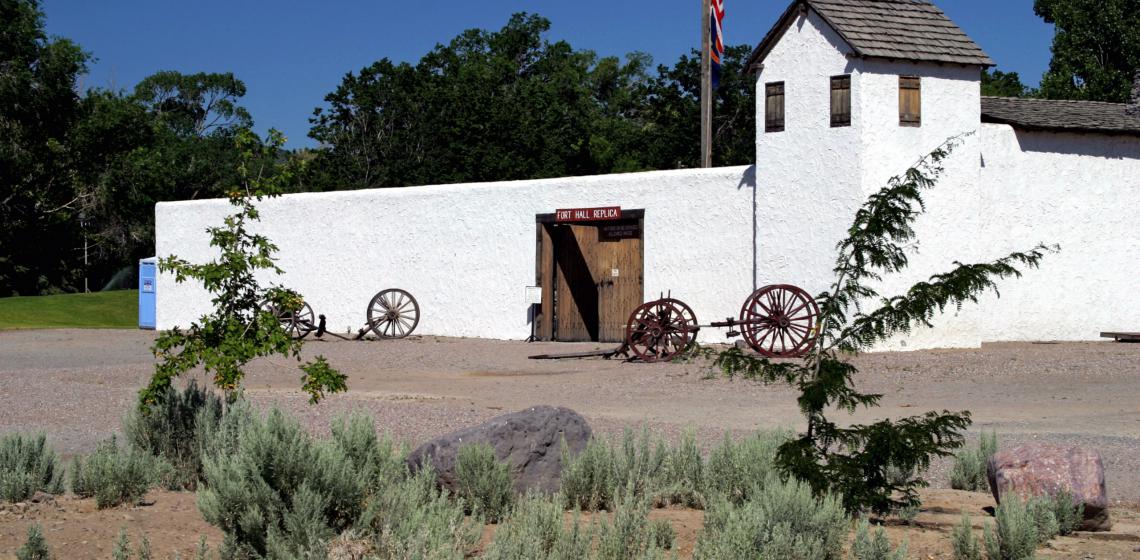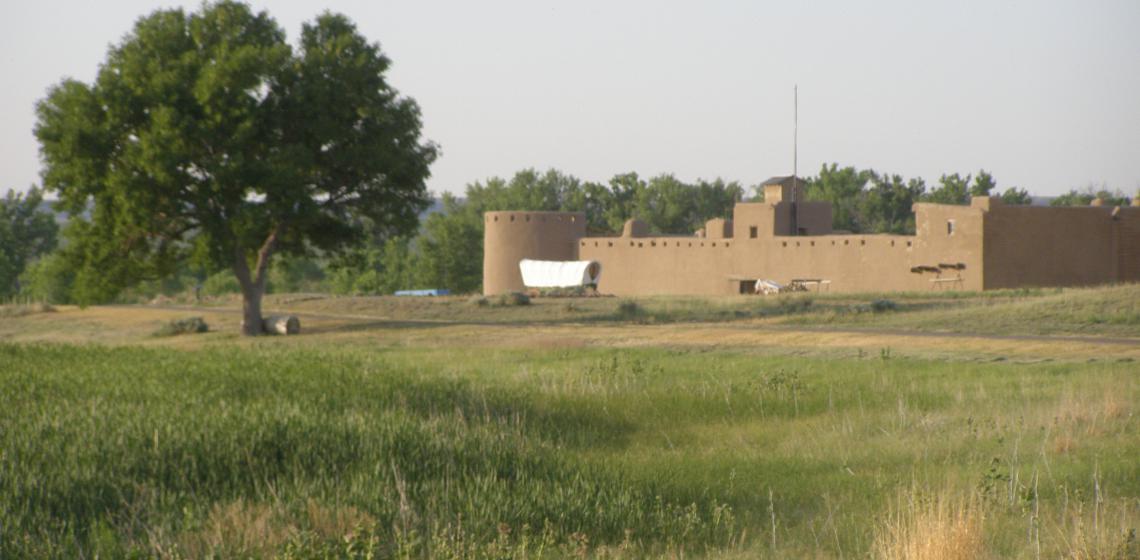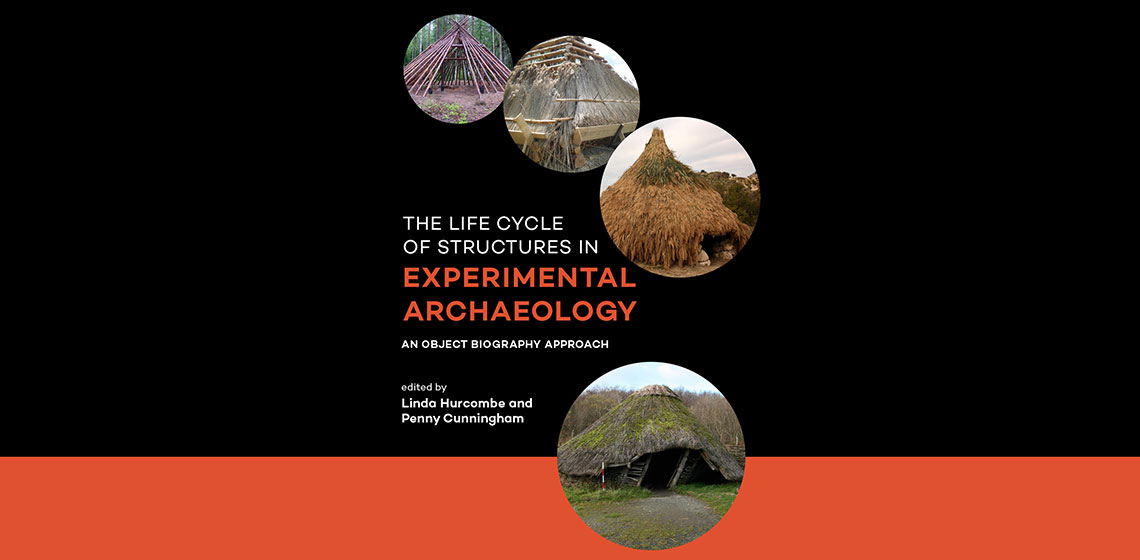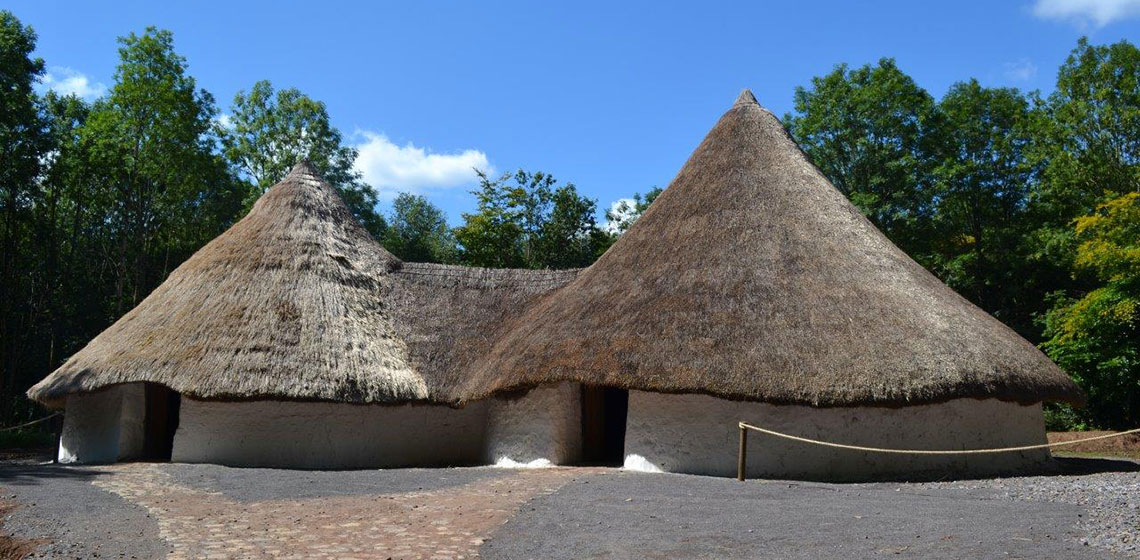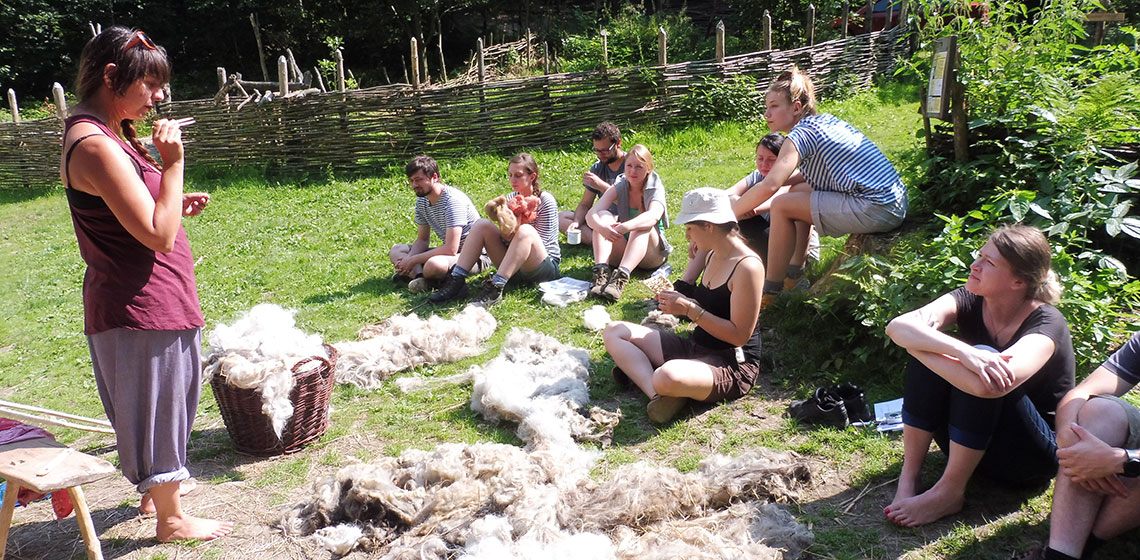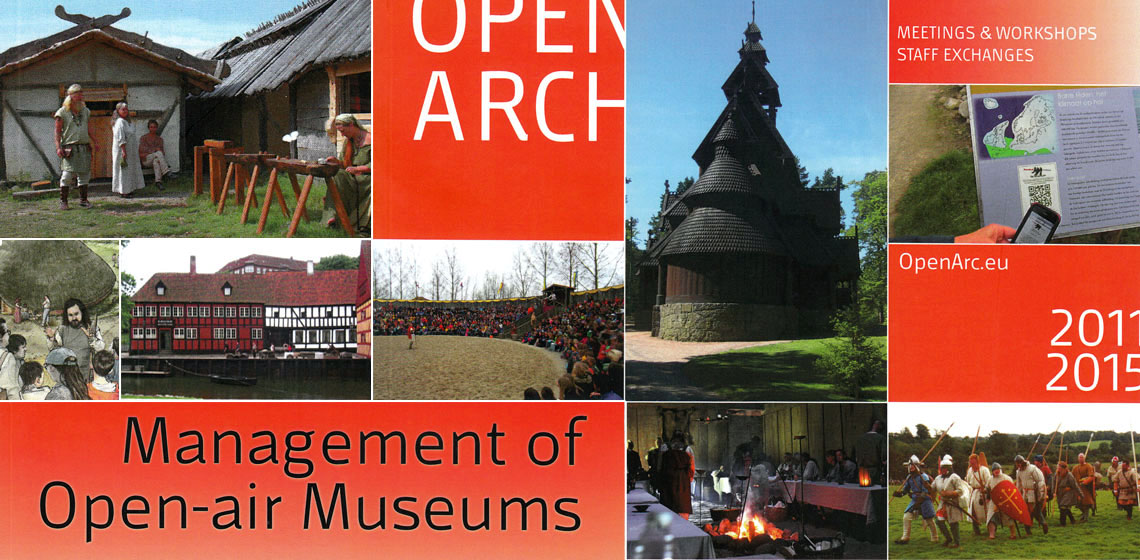Fort Vancouver (US)
The London-based Hudson's Bay Company established Fort Vancouver in 1825 to serve as the headquarters of the Company's interior fur trade. The first Fort Vancouver was located on the bluff to the northeast of the fort's current location, where it was relocated in 1829.
The fort served as the core of the HBC's western operations, controlling the fur business from Russian Alaska to Mexican California, and from the Rocky Mountains to the Pacific Ocean. Vancouver was the principal colonial settlement in the Pacific Northwest, and a major centre of industry, trade, and law.
The Village to the west of the fort was Vancouver's first neighbourhood. The employees of the Hudson's Bay Company lived there with their families in simple one or two room cabins. The Village was incredibly diverse, a community of people whose homelands spanned half the globe.

